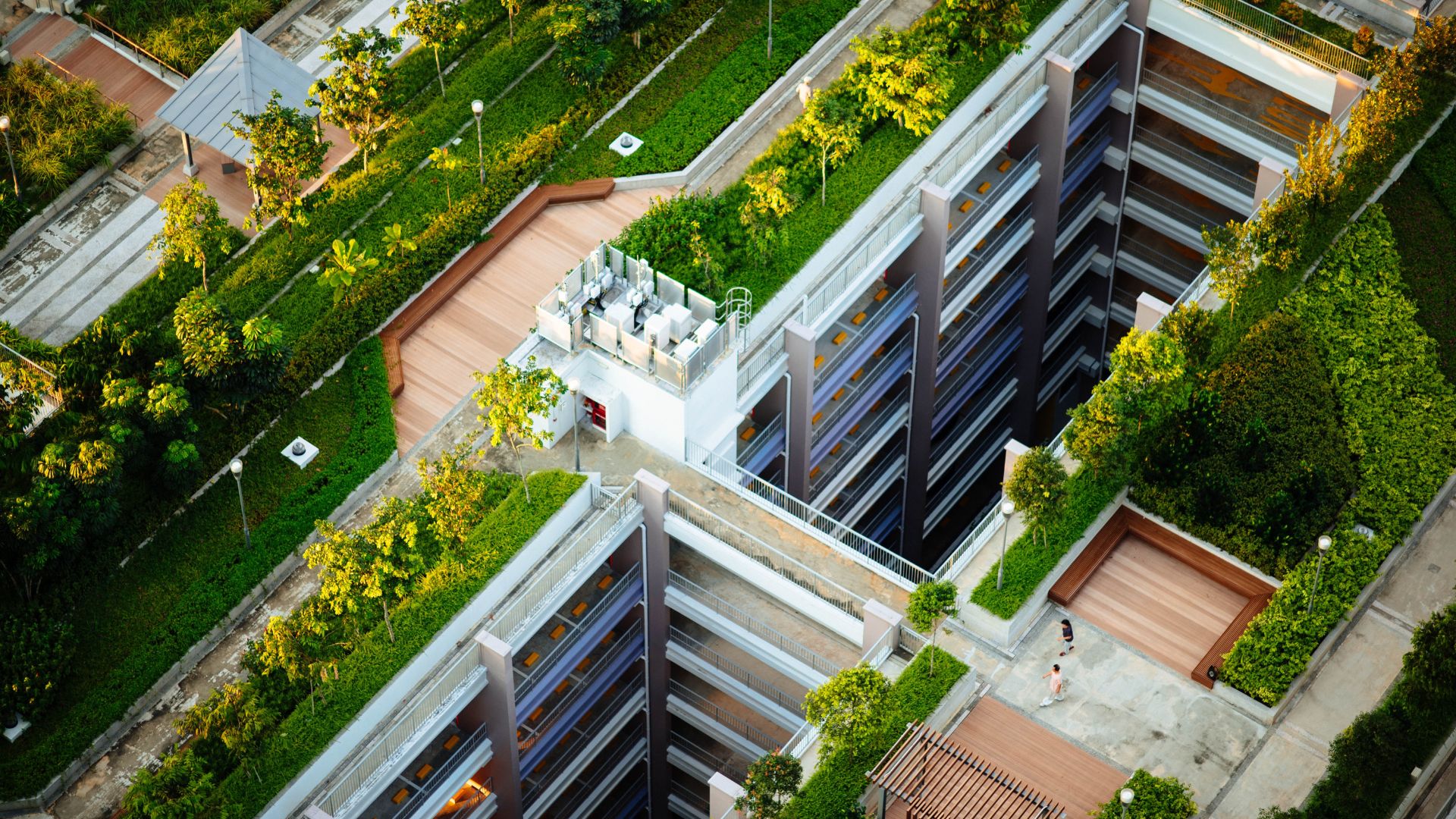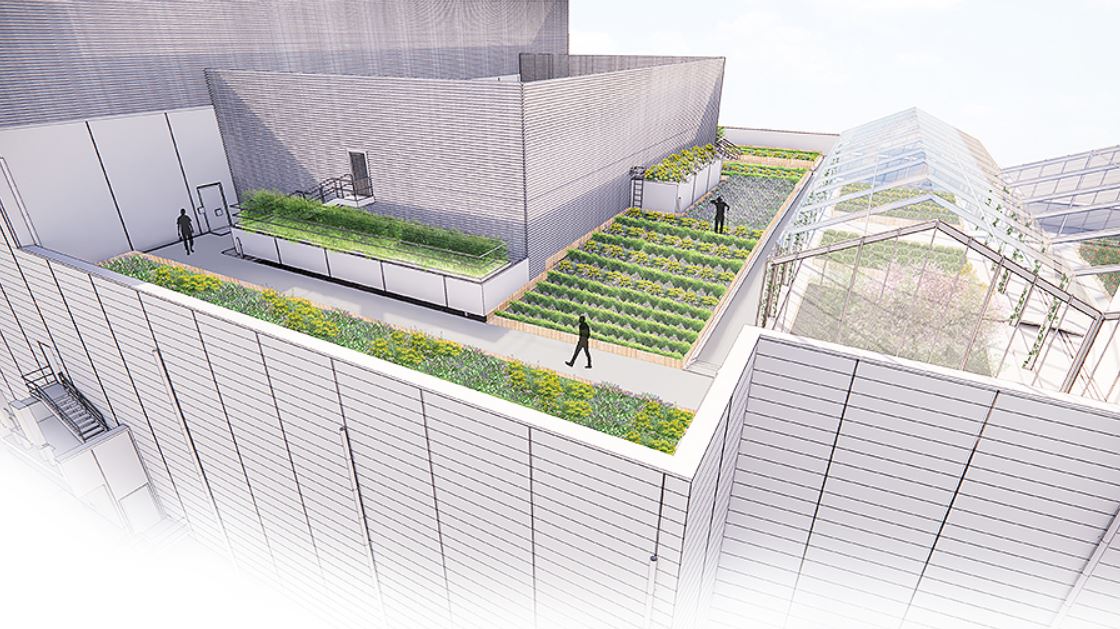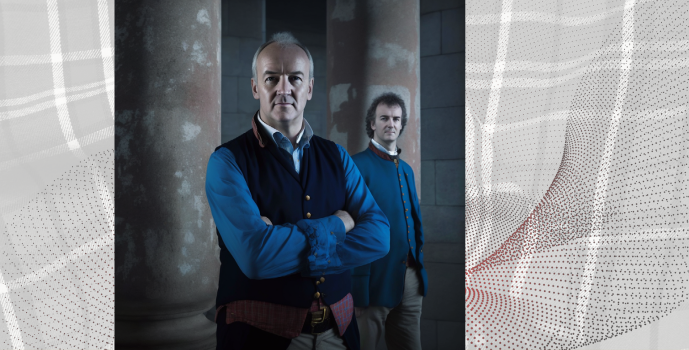Biophilic design – how healthy buildings can build healthy bodies and minds
Contemporary approaches to biophilic design often involve incorporating natural elements and utilising natural sunlight into the building. And, as part of our series of biophilic design content, Yvonne McCormack, RBA’s BIM Lead, has been looking at the impact such an approach can have on the mental and physical fitness of building occupants.
Biophilic design is an ever-evolving practice as it seeks to make our built environment healthier while enhancing our connection with nature.
In its simplest form, such design solutions can be achieved by adding plants or water features, as well as using outdoor terraces and courtyards to provide access to green space. Within the building envelope, windows can be used to frame views of nature.
Modern biophilic designs can be found in various settings, such as homes, offices, healthcare facilities, schools, etc. These spaces often feature ‘living walls’, filled with indoor plants that help to improve air quality and create a calming atmosphere.
BREEAM and LEED certification programs for healthy buildings
BREEAM and LEED certification programs are two of the most widely recognised sustainability rating systems used to assess the environmental performance of buildings and other structures.
Regarding biophilic design, BREEAM specifically encourages incorporating natural elements into a building’s layout, such as green roofs, living walls with plants, terraces for access to outdoor spaces, and windows that frame views of nature.
Similarly, LEED has criteria supporting biophilic design principles, including daylighting/views optimisation strategies, vegetated roof coverings or stormwater management systems designed with local vegetation.
By applying these standards during construction or retrofitting projects, developers can create healthier places that prioritise human well-being alongside traditional sustainability goals.
How can biophilic design help with increased productivity and wellness?
Studies have shown that incorporating biophilic design into the workplace can improve employee productivity, engagement, and satisfaction.
For example, a study by Herty Frankfurt University found that natural elements such as plants in offices or green outdoor spaces increased overall well-being. Additionally, access to natural views has also been linked with improved concentration levels and higher job satisfaction rates.
Not only do these benefits help create healthier work environments, but they can also result in increased employee output, which is why more organisations are looking for ways to incorporate biophilic design principles into their buildings.
Biophilic design can also positively impact health outcomes and quality of life when incorporated into homes. For example, biophilic principles such as utilising daylight help reduce energy consumption, lower electricity bills, and positively affect air quality by minimisingpollution from lighting systems.
Implementing these strategies into residential buildings is integral to creating healthier living environments, ultimately improving the overall well-being of those living there.











